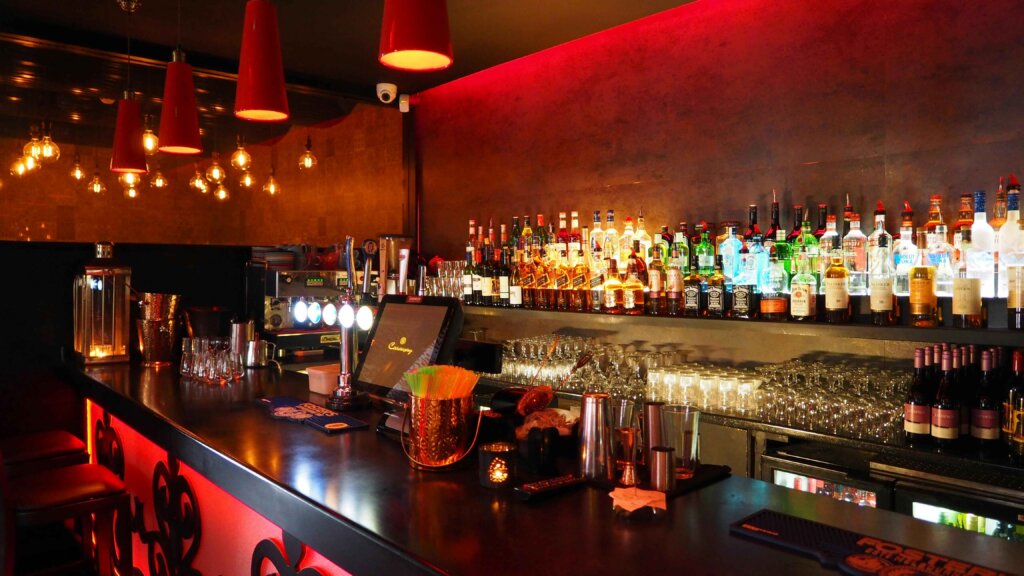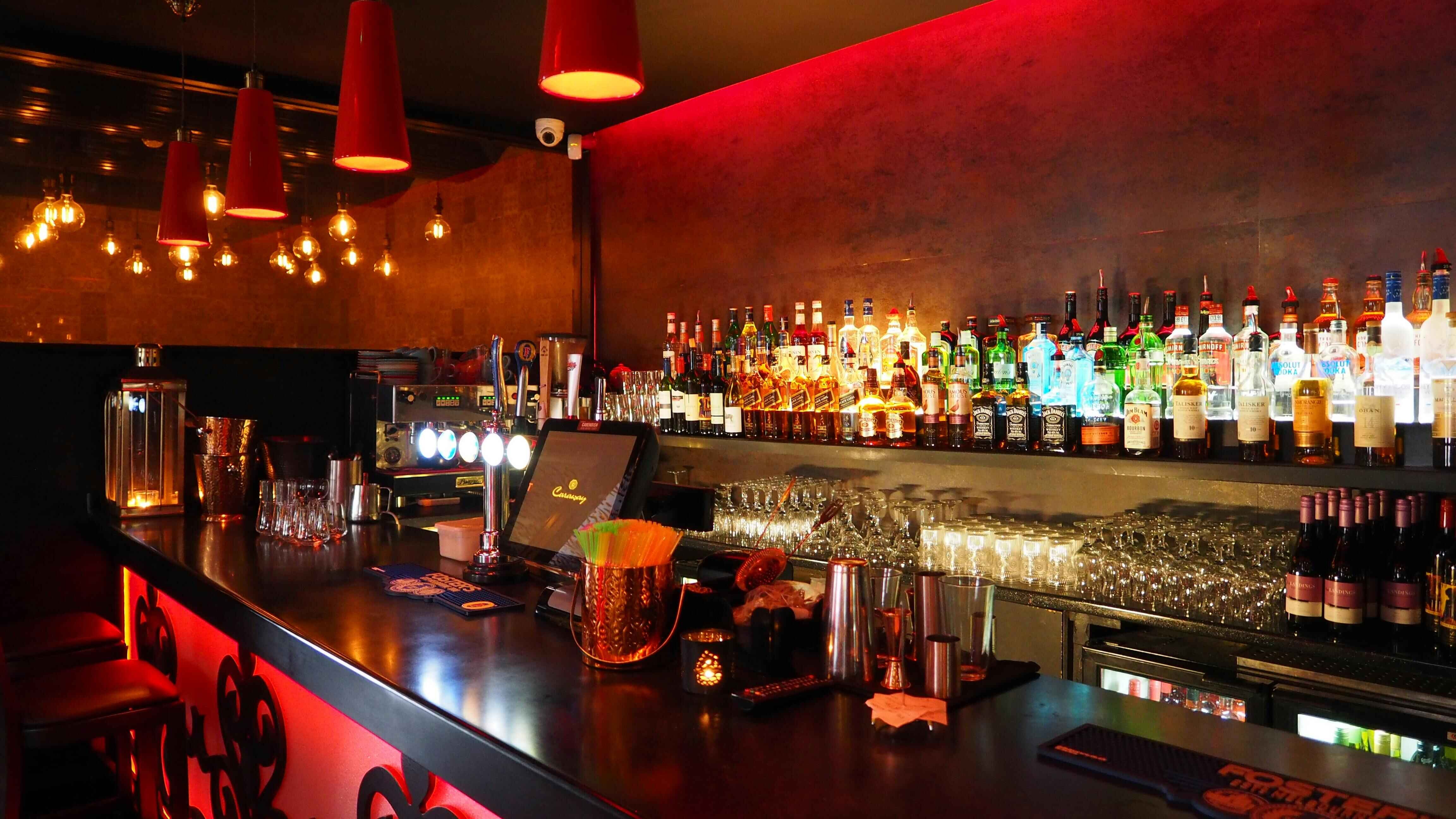
Sixth Street in Austin is more than just a collection of buildings; it’s a living chronicle of Texas history that we still refer to as “Dirty 6th Street” due with lots and lots of bars. Known for its electric nightlife and cultural significance, this district has been the heartbeat of downtown Austin. Yet, as the city continues to grow as a favored destination, Sixth Street stands at the crossroads of history and modern development. With recent plans to heighten its skyline and shift focus from nightlife to daytime attractions, the area is poised for transformation. As apartments rise and the landscape evolves, Sixth Street remains a testament to Austin’s dynamic identity, balancing historic charm with the pulsating rhythm of urban growth.
Historical Significance of Sixth Street
Historic Sixth Street in Austin, Texas, is a vibrant tapestry woven with rich history, diverse culture, and architectural marvels having been listed in the National Register of Historic Places on December 30th, 1975. This iconic street is a testament to Austin’s capacity to honor the past while embracing the future. With deep roots in the city’s development, Sixth Street continues to capture the imagination of residents and visitors alike.
Origins and Early Development
Austin, founded in 1839, was envisioned as the heart of government for the Republic of Texas. Sixth Street, originally named Pecan Street, quickly became a main artery of the city. A plan laid down by Mirabeau Lamar, the second president of Texas, established a 120-foot-wide boulevard that would pave the way for economic and cultural activities. By 1871, the arrival of the railroad further catalyzed development, setting the stage for Sixth Street to become a bustling hub of business and community life.
Architectural Features
The architectural landscape of Sixth Street is a mosaic of Victorian and Classical styles. Turn-of-the-century buildings showcase intricate details and craftsmanship, with Victorian commercial structures prominently lining the street. To explore this area you can even book a bar and walking tour on dirth 6th if your moving to the area or in town looking to explore. The buildings distinctive facades and ornate designs highlight a bygone era of elegance which some people find really intersting. The use of local materials, such as limestone, adds character and resilience to these historic structures, which stand as proud markers of Austin’s architectural heritage. For those intrigued by architectural history, this guide explores the varied styles present in the district.
Cultural Heritage
Sixth Street is a melting pot of cultural influences that have shaped its rich and diverse heritage. In the late 19th and early 20th centuries, a vibrant mix of immigrants brought their businesses and cultural practices to the street. Black, Lebanese, Syrian, Jewish, German, Chinese, and Mexican communities all contributed to the area’s unique character. This tapestry of cultures not only enriched the social fabric of Sixth Street but also laid down a foundation of inclusivity that echoes to this day. Discover more about the cultural diversity that defines Sixth Street.
As Sixth Street continues to evolve, balancing its historical significance with modern development, it stands as a significant chapter in the ongoing story of Austin. Whether through its architecture, origins, or cultural heritage, Sixth Street remains a vibrant reflection of the city’s past, present, and future.
Current Status of Sixth Street Historic District
Sixth Street in Austin, Texas, is not just a street but a vibrant blend of history and modern culture. It stands as a testament to the city’s evolution, bridging its storied past with the exciting dynamism of today. As the district moves forward, it grapples with preserving its unique historic character amidst the inevitable push of urban development.
National Register of Historic Places
Sixth Street’s designation as a National Register of Historic Places site underscores its importance. The district was recognized for its significant role in Austin’s commercial development dating back to the late 19th century. Key criteria for this listing included its architectural heritage, with many structures showcasing early commercial style and Victorian influences. This recognition not only celebrates the historical architecture but also provides benefits, such as eligibility for preservation grants and a framework to help protect the unique cultural landscape from unchecked development.
The Role of Nightlife and Entertainment
The heartbeat of Sixth Street resonates most strongly in its music and nightlife scene. The area is a hub for live music, earning Austin the title of “Live Music Capital of the World.” Bars, clubs, and performance venues fuel not only the local economy but also Austin’s reputation as a cultural hotspot. The dynamic nightlife draws thousands, invigorating the district while contributing significantly to its economic upturn. However, as development trends shift towards more residential and retail spaces, the challenge remains to maintain this vibrant scene amidst a changing cityscape.
Future Development and Changes
Austin’s Sixth Street is a historic gem, yet its future holds even more sparkle with planned developments aiming to transform it into a vibrant hub suitable for both day and night. As the street edges toward a new era, it stands to bring about fascinating changes in its landscape and community dynamic; especially as more restaurants, bars, apartments and downtown condos become available for rent to those that want to live the downtown lifestyle.
Planned Redevelopments
Sixth Street is poised for a makeover that will not only preserve its historic charm but also inject a fresh, modern vibe to attract daytime visitors. Among the exciting projects is a 232-unit mixed-use development, designed to offer street-level commercial spaces alongside residential living. Such plans are expected to introduce new dining spots, retail outlets, and communal areas, all contributing to a lively daytime scene. Discover more about this transformation and how it promises a blend of tradition and modernity.
Impacts of New Construction
The skyline of Sixth Street is welcoming new heights with high-rise buildings such as The Railyard, The Waller, and even the 4 block apartment complex on the other side of 35W known as Residences at Saltillo making their mark to the area a few years ago. These structures are not just about changing the vista but altering the very dynamics of the district. The introduction of major residential additions aims to bring more foot traffic during daylight hours, encouraging an influx of new businesses while boosting local economies. How will these structures stack up alongside the historical facades? It’s a delicate balance of preserving identity amidst urban growth.
Community Reactions
The buzz around these developments has sparked diverse reactions within the local community. On one hand, some view this as a chance to rejuvenate areas previously known for their vibrant night scenes, ushering in a more inclusive, family-friendly atmosphere. However, concerns over gentrification and its effects are palpable, with voices cautioning against the potential loss of cultural heritage like we lost on Rainey street. Discussions also highlight the need for community benefits from such projects that extend beyond economic advantages, aiming to incorporate cultural and social considerations for a well-rounded redevelopment.
Navigating Sixth Street Today
As you stroll down Austin’s Sixth Street, it’s easy to feel like you’re on a journey through time. This historic area, known for its energetic vibe and storied past, offers a kaleidoscope of experiences that capture the essence of Austin’s cultural heartbeat. While development is constantly changing the landscape, Sixth Street remains a vibrant and essential part of the city’s identity that will change with time as our city continues to grow.
Historical Landmarks We Recommend You Visit
Sixth Street is a living museum showcasing Austin’s rich history. Here are key historical sites to explore:
- The Driskill Hotel: Opened in 1886, this hotel is a prime example of Romanesque architecture. Its opulent interior has hosted political figures and celebrities alike. We specifically like the breakfast at the 1886 Cafe located in the front of the building if you want a great bagel or eggs benedict.
- Paramount Theatre: Built in 1915, this historic theatre offers a glimpse into the golden age of vaudeville. With its vintage marquees and stunning interiors, it’s a must-visit for any history buff.
- Millett Opera House: Serving as a beacon of culture since its construction, this venue has seen everything from opera performances to political rallies. Just imagine what like might have been like back in the days using the Moontowers for light.
These landmarks serve as touchstones, connecting daily life with the city’s illustrious past.
Dining and Entertainment Options
In addition to its historical allure, Sixth Street is a hub for entertainment and dining, offering a taste of what makes Austin unique:
- Pete’s Dueling Piano Bar: A lively venue where pianists create energetic shows. It’s a place where you can relax, sing along, and let the music move you.
- Voodoo Doughnut: Famous for quirky and delicious doughnuts, this spot draws both locals and tourists with its whimsical and tasty treats.
- The Jackalope: This bar and grill embodies Austin’s eclectic spirit, offering a menu full of comfort food favorites in a uniquely decorated setting.
Visitors to Sixth Street will find a wide array of dining and entertainment choices that reflect the lively atmosphere of this historic district. Whether you’re drawn by the music, the food, or the vibrant culture, Sixth Street promises a captivating experience for everyone.
Dirty Sixth is Changing and that’s a Fact
Sixth Street stands as a vivid emblem of Austin’s historic charm and future potential for the city to envision a new 6th street that isn’t known for dollar beers and homelessness. As development plans unfold, this iconic district continues its journey of transformation. With recent projects aiming to broaden its daytime appeal, Sixth Street faces a future where history and modernity coexist harmoniously. This evolving landscape invites exploration and appreciation, urging visitors to witness history in motion. As downtown Austin grows and changes shape, the spirit of Sixth Street resonates with every step, ensuring its legacy endures while embracing the vibrancy of new beginnings we just hope when the new buildings go up they’ll have some affordable units to rent.

